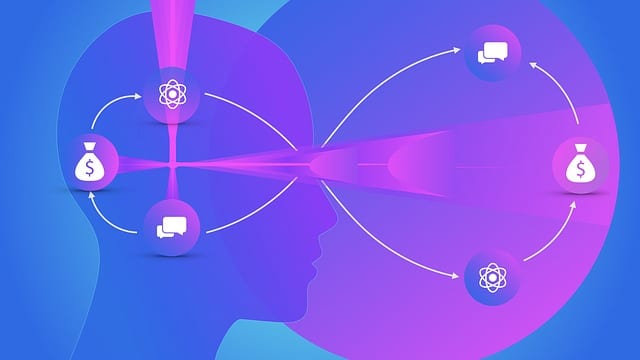Accounting and Finance Transformation Vision
By: Ciopages Staff Writer
Updated on: Feb 25, 2023

The accounting and finance transformation vision is a fundamental rethinking and reimagination of the finance function to support the modern business environment powered by digital technologies. The era of finance being a purely back office function is history. Today, the accounting and finance transformation vision, in progressive enterprises, the world over, is to be an efficient recorder of transactions, an ally for corporate growth, driver of insight-driven strategy, and an agile responder to dynamic shifts in the economy/industry/firm. The transformation vision and action plan are also dependent on how a particular company is doing relative to the peers based on standard finance benchmarks.
Before we explore the finance transformation vision, please do check out CIOPages.com. We offer a variety of finance and accounting transformation resources and a set of customizable deliverables as a part of the Finance and Accounting Transformation toolkit.
While the finance function is as old as business itself, the transformative technologies reshaping the world of business – such as cloud computing, big data, artificial intelligence, robotic process automation, the cybersecurity considerations, and changing stakeholder expectations – are also having an impact on the business of finance.
Accounting and Finance Transformation Vision: Core drivers for CFOs
Today, accounting and finance transformation vision, in progressive enterprises, the world over, is to be an efficient recorder of transactions, an ally for corporate growth, driver of insight-driven strategy, and an agile responder to dynamic shifts in the economy/industry/firm.
- The finance function should be proactive and not reactive to changes in business environment.
- The finance and accounting function should be able to support inorganic growth – mergers, acquisitions, divestitures, spinoffs – without reinventing the wheel each time.
- The finance and accounting processes, frameworks and people should be able to support new business models.
- Compliance should not be an afterthought, but an integral part of the finance and accounting functions.
- Risk management should not be constricted to looking at silos, but include a holistic view of the overall ecosystem.
- Visibility, predictability into key processes, cash flows, and business vitals should be key value-drivers
- The finance function must unchain itself from the tyranny of month/quarter end close and embrace soft close – or even a daily P&L.
- The finance and accounting function should be able to simulate business scenarios and forecast outcomes
- The transformed finance function should be able to view currency, commodity, interest rate, and country risks and model them based on multiple factors and conduct sensitivity analysis At a more functional level, the following are some of the drivers for Finance and Accounting Transformation Vision:
- Accounting – Efficiency and automation in transaction processing
- Business/financial analysis – Real-time (or almost real-time) pulse of the business vitals
- Treasury – Visibility into cash and investments and ability dissect portfolios and analyze risk/reward.
- Tax – Tax planning should not be an annual event, but an ongoing way to comply with tax regulations and minimize tax burden.
- Internal controls – Rock solid and intuitive internal controls smoothly integrated into overall processes.
- Business Management – Support business in responding to exigencies in situations, and managing in an agile and proactive manner.
- Performance management – Orchestrate overall enterprise performance traversing the lifecycle of cash and a view into operations
- Compliance–Embedded compliance should become the norm.
- Risk management – Holistic ecosystem level risk management
- Shared services–Efficient and effective shared services, which users will leverage because they want to, not because they have to.
- Internal audit–Cost effective and friction free internal audits and trails.
- Shareholder relations – Information and insight-driven interactions with shareholders
- Strategic planning –Data-driven insights into strategic planning process
- Corporate development–Ability to manage corporate events seamlessly
- Finance IT – the finance IT infrastructure should be modular, yet integrated and be able to access anytime and anywhere from any device.
- Fixed Assets –Manage fixed assets as an enterprise resource – with timely data and insights influencing acquisition and disposal decisions.
What is your company’s accounting and finance transformation vision? Please share your ideas and thoughts.
-
Finance Transformation Toolkit
U.S. $749 – U.S. $2,249Category : Transformation Toolkits
View Product This product has multiple variants. The options may be chosen on the product page -
Finance Capability Model
U.S. $699 – U.S. $1,999Category : Capability Models
View Product This product has multiple variants. The options may be chosen on the product page